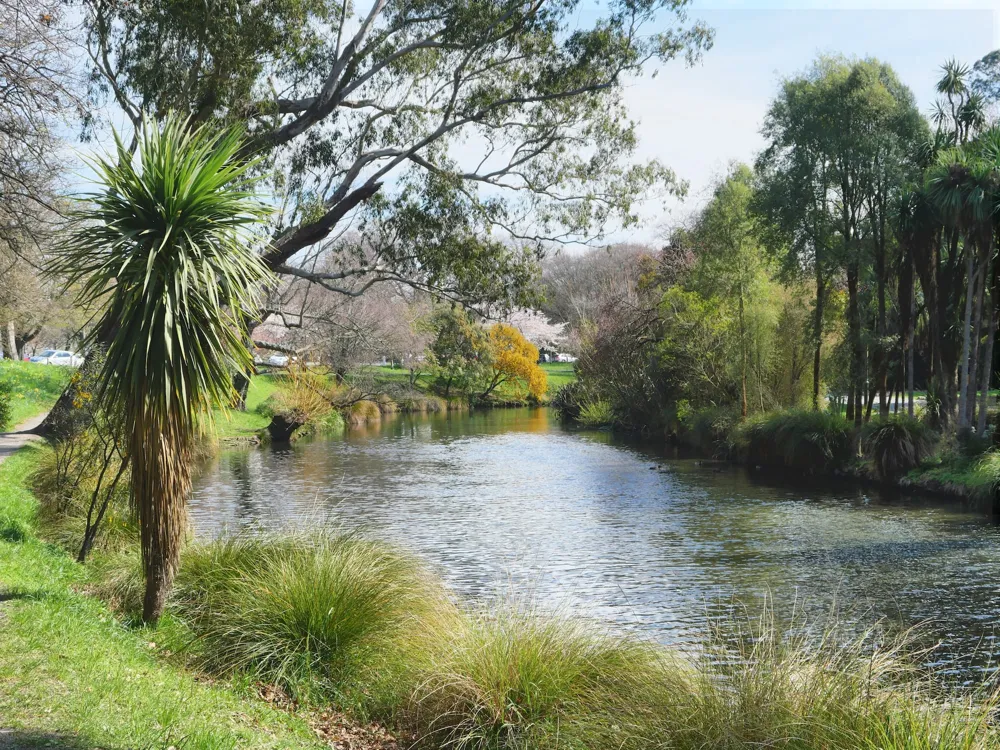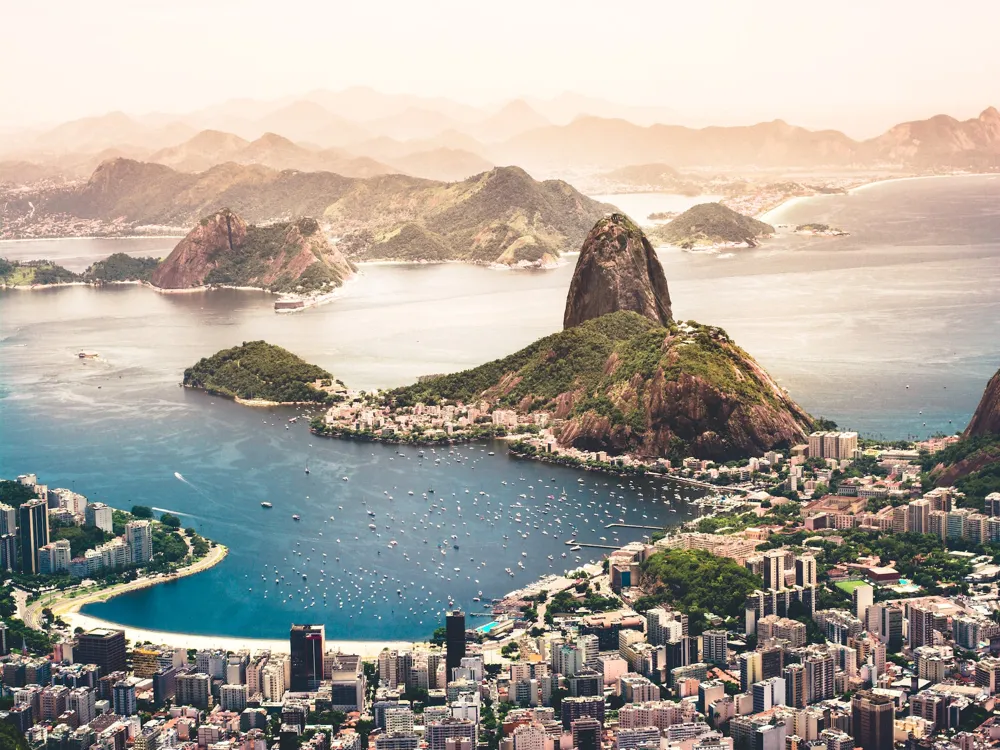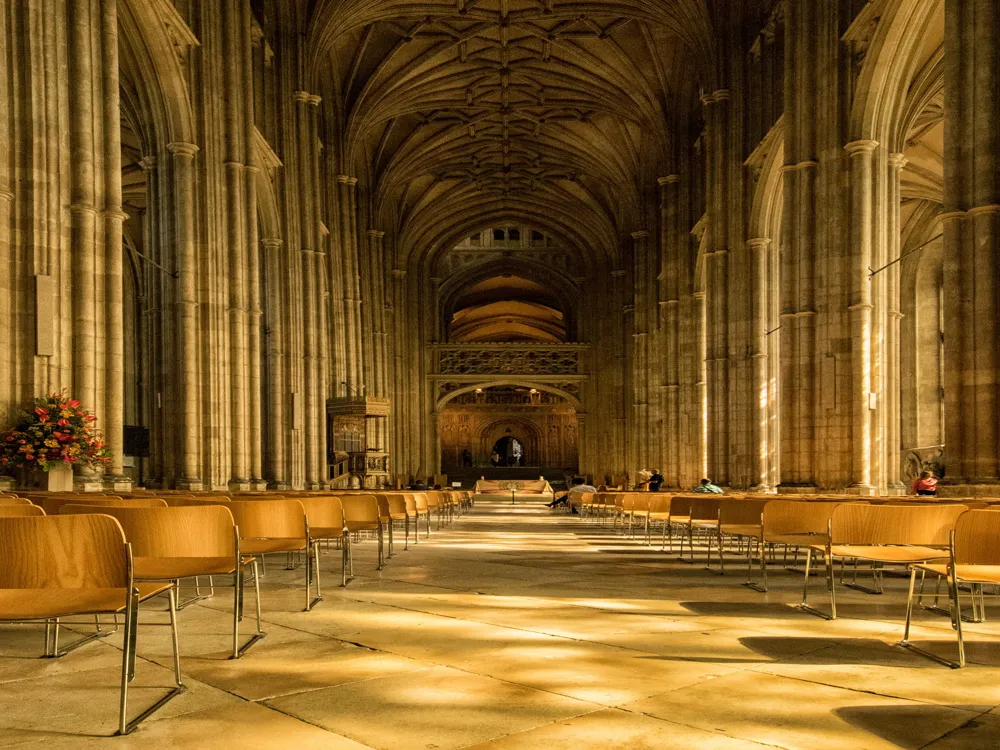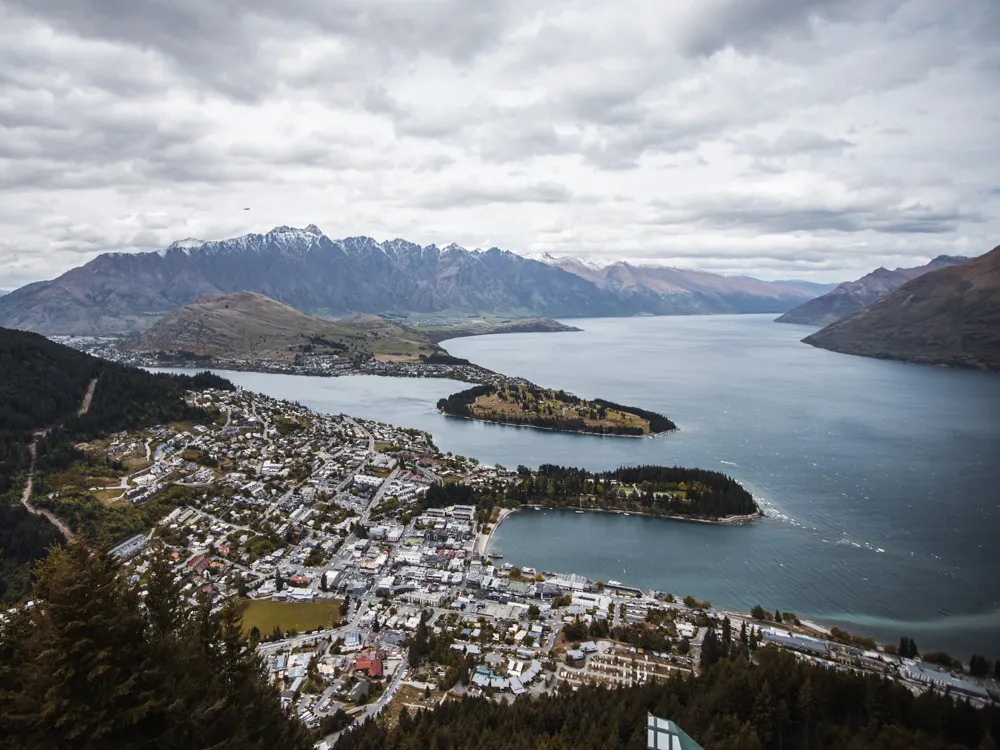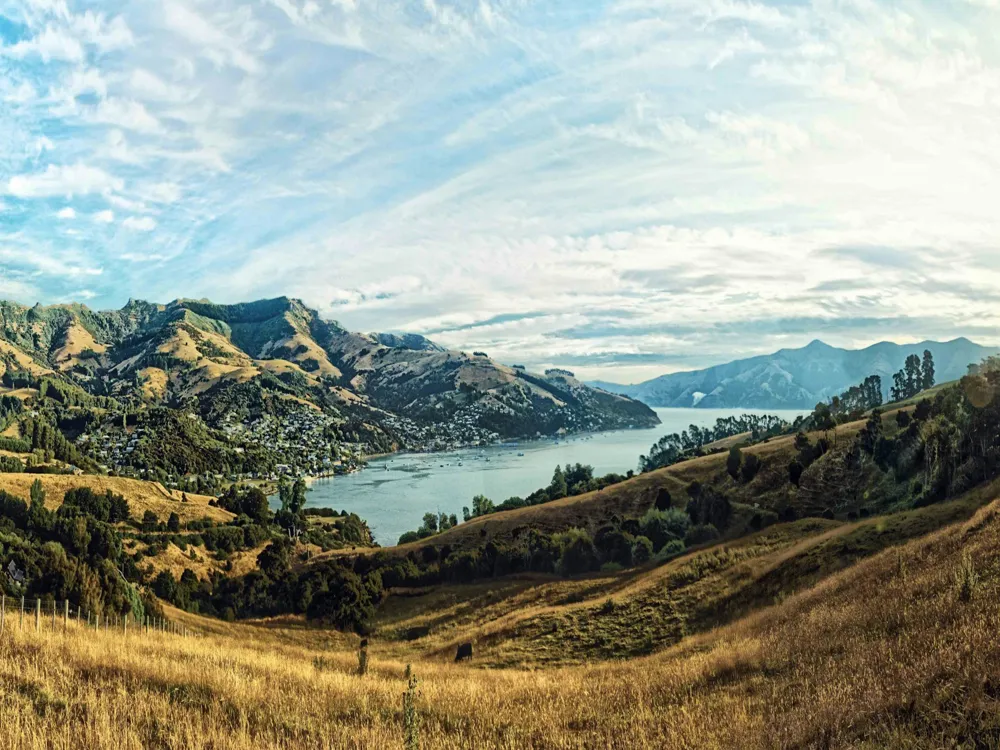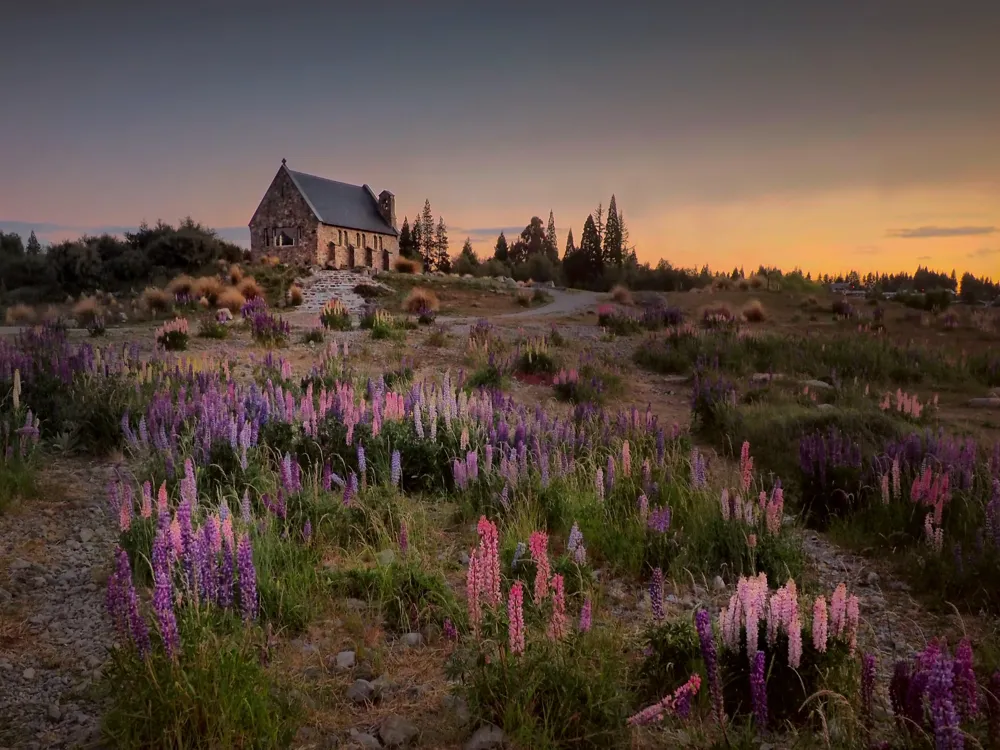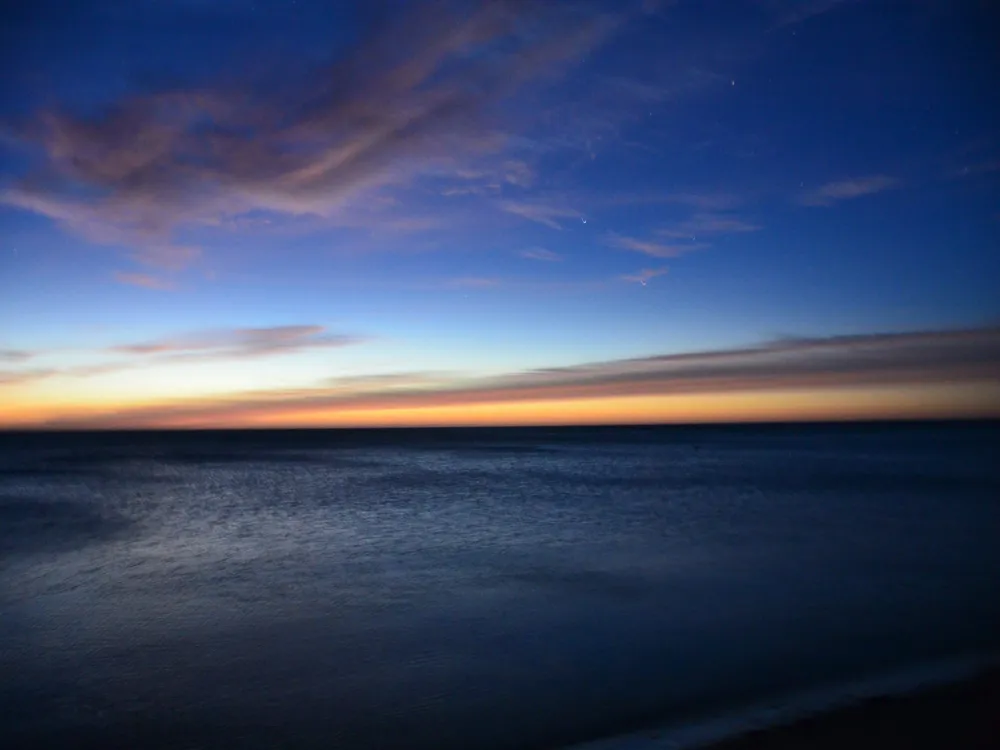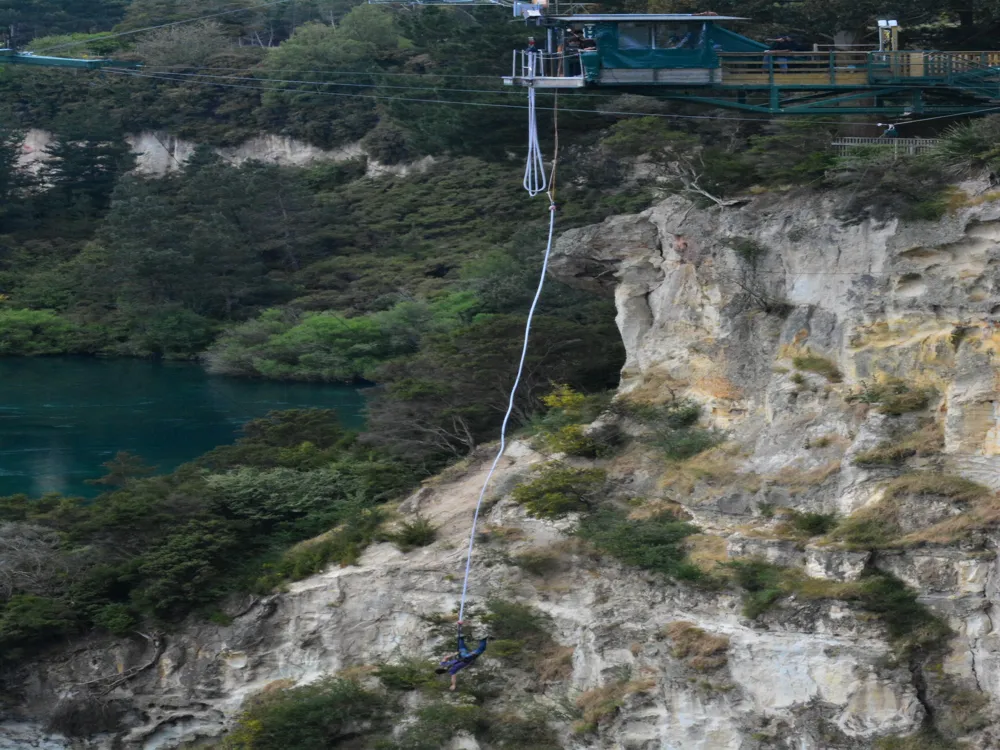Christchurch, known as the Garden City, is the largest city in the South Island of New Zealand and the seat of the Canterbury Region. The city lies on the east coast of the island, just north of Banks Peninsula. It is home to a population of over 380,000, making it the third-most populous city in New Zealand. Christchurch offers a unique blend of historical charm and contemporary culture, making it a fascinating destination for travelers from around the world.
The city's history dates back to 1850 when it was officially established by English settlers. These historical roots are evident in its rich architectural heritage. Despite suffering significant damage during the 2010 and 2011 earthquakes, Christchurch has been undergoing a vibrant and dynamic rebuild, making it a city of renewal and innovation. The city is surrounded by natural beauty, from the sandy beaches of Sumner and New Brighton to the scenic Port Hills and the vast Canterbury Plains. It is this combination of urban regeneration, historical charm, and natural beauty that makes Christchurch a unique and enchanting place to visit.
Christchurch is also a city of contrasts. It is a place where its residents continue to enjoy a healthy, active lifestyle amidst a backdrop of natural beauty. The Avon River flows through the city, providing ample opportunities for kayaking, rowing, and picnicking along its banks. The city's extensive parks and gardens, including the sprawling Hagley Park and the Christchurch Botanic Gardens, offer peaceful retreats and recreational spaces. The city center is a hub of activity, with a diverse range of shopping, dining, and entertainment options. From the historic Tramway which offers a unique way to see the city to the thriving arts and cultural scene, Christchurch is a city that invites exploration and discovery.
The resilience and creativity of its people are evident in how the city has transformed and adapted in the aftermath of the earthquakes. This spirit is reflected in the innovative projects throughout the city, such as the Cardboard Cathedral, Transitional City initiatives, and the numerous pop-up bars and eateries. Christchurch's commitment to a sustainable future can be seen in its architecture, urban design, and community initiatives. It is a city that is not only rebuilding itself but also reimagining what a 21st-century urban environment can be.
Christchurch, often referred to as the most English of New Zealand's cities, boasts a rich architectural heritage that reflects its colonial past. The city's architecture is a fascinating mix of historic Victorian and Edwardian buildings alongside modernist and contemporary structures, a reflection of its evolving urban landscape especially after the significant earthquakes of 2010 and 2011.
The city's architectural journey began in the mid-19th century with the arrival of English settlers. The early buildings were predominantly Gothic Revival style, inspired by the architecture of the medieval period in Europe. This style is best exemplified by the ChristChurch Cathedral, which, before the earthquakes, was the city's most iconic landmark. Although it suffered severe damage, plans for its restoration are underway, symbolizing the city's resilience and commitment to preserving its architectural heritage.
The earthquakes of 2010 and 2011 were a turning point for Christchurch's architecture. They led to the loss of many historic buildings and necessitated a city-wide rebuild. This disaster provided an opportunity for architects and urban planners to rethink the city's architectural landscape. The rebuild has been characterized by a blend of innovation, sustainability, and respect for the city's architectural history. Contemporary designs are now seen alongside the remaining historic structures, creating a visually striking and diverse cityscape.
Notable examples of modern architecture include the Cardboard Cathedral, designed by Japanese architect Shigeru Ban as a temporary replacement for the ChristChurch Cathedral. This structure is an extraordinary example of innovation and sustainability in design, using cardboard tubes as its primary building material. Another significant project is the Christchurch Art Gallery, which combines modern architectural elements with state-of-the-art engineering to withstand future earthquakes. The Tūranga Central Library is another architectural marvel, reflecting contemporary design techniques and serving as a central hub for the community.
The architecture of Christchurch is not just about the buildings but also about the spaces in between. The city's new urban design focuses on creating a pedestrian-friendly city center with open spaces, green belts, and a revitalized Avon River precinct. This approach aims to create a more livable, accessible, and sustainable urban environment. The emphasis on green architecture and eco-friendly design principles is evident in many new developments, highlighting Christchurch's vision as a city that values its environment and the well-being of its inhabitants.
The best time to visit Christchurch is during the spring (September to November) and autumn (March to May) months. During these seasons, the weather is pleasant, and the city's gardens and parks are at their most beautiful. The summer months (December to February) are also a great time for beach activities, although it can be more crowded.
Christchurch is well-served by public transport, including buses and a historic tram. Renting a bicycle is a great way to explore the city, as it offers numerous cycle paths and lanes. For those who prefer driving, car rentals are readily available.
Christchurch offers a range of accommodation options to suit all budgets. From luxury hotels to backpacker hostels, there's something for everyone. Booking in advance is recommended, especially during peak tourist seasons.
Don't miss the chance to try the local cuisine in Christchurch. The city offers a diverse range of dining options, from traditional New Zealand dishes to international cuisine. Seafood and lamb dishes are particularly popular.
Understanding and respecting the local Maori culture is important. Be mindful of cultural norms and practices, especially when visiting marae (Maori meeting grounds) or other culturally significant sites.
Christchurch is well-connected both domestically and internationally. The Christchurch International Airport is the main gateway for international travelers and is located just 12 kilometers from the city center. It offers flights from major cities in Australia, Asia, and other destinations. For domestic travelers, there are regular flights from major cities in New Zealand.
Those preferring to travel by land can use the extensive bus and train services connecting Christchurch with other parts of New Zealand. The scenic TranzAlpine train journey from Christchurch to Greymouth is particularly popular, offering breathtaking views of the Canterbury Plains and Southern Alps.
For those who enjoy road trips, renting a car or a camper van is a great option. New Zealand’s well-maintained roads and the scenic beauty make for an unforgettable driving experience, with Christchurch being a popular starting point for many South Island road trips.
Overview of Christchurch
Architecture of Christchurch
Tips When Visiting Christchurch
Best Time to Visit
Getting Around
Accommodation Tips
Local Cuisine
Cultural Etiquette
How To Reach Christchurch
Isaac Theatre Royal
Christchurch
₹ 73,500 onwards
View christchurch Packages
Weather :
Tags : Shows & Theatres
Timings : 10:00 AM - 5:00 PM
Time Required : 2-3 hours
Planning a Trip? Ask Your Question
Christchurch Travel Packages
View All Packages For Christchurch
Top Hotel Collections for Christchurch

Private Pool

Luxury Hotels

5-Star Hotels

Pet Friendly
Top Hotels Near Christchurch
Other Top Ranking Places In Christchurch
View All Places To Visit In christchurch
View christchurch Packages
Weather :
Tags : Shows & Theatres
Timings : 10:00 AM - 5:00 PM
Time Required : 2-3 hours
Planning a Trip? Ask Your Question
Christchurch Travel Packages
View All Packages For Christchurch
Top Hotel Collections for Christchurch

Private Pool

Luxury Hotels

5-Star Hotels

Pet Friendly









